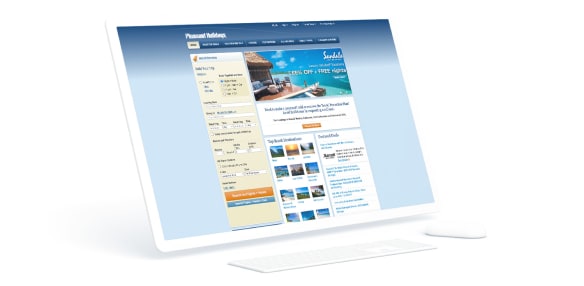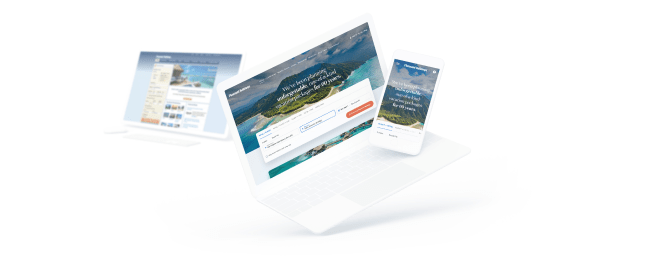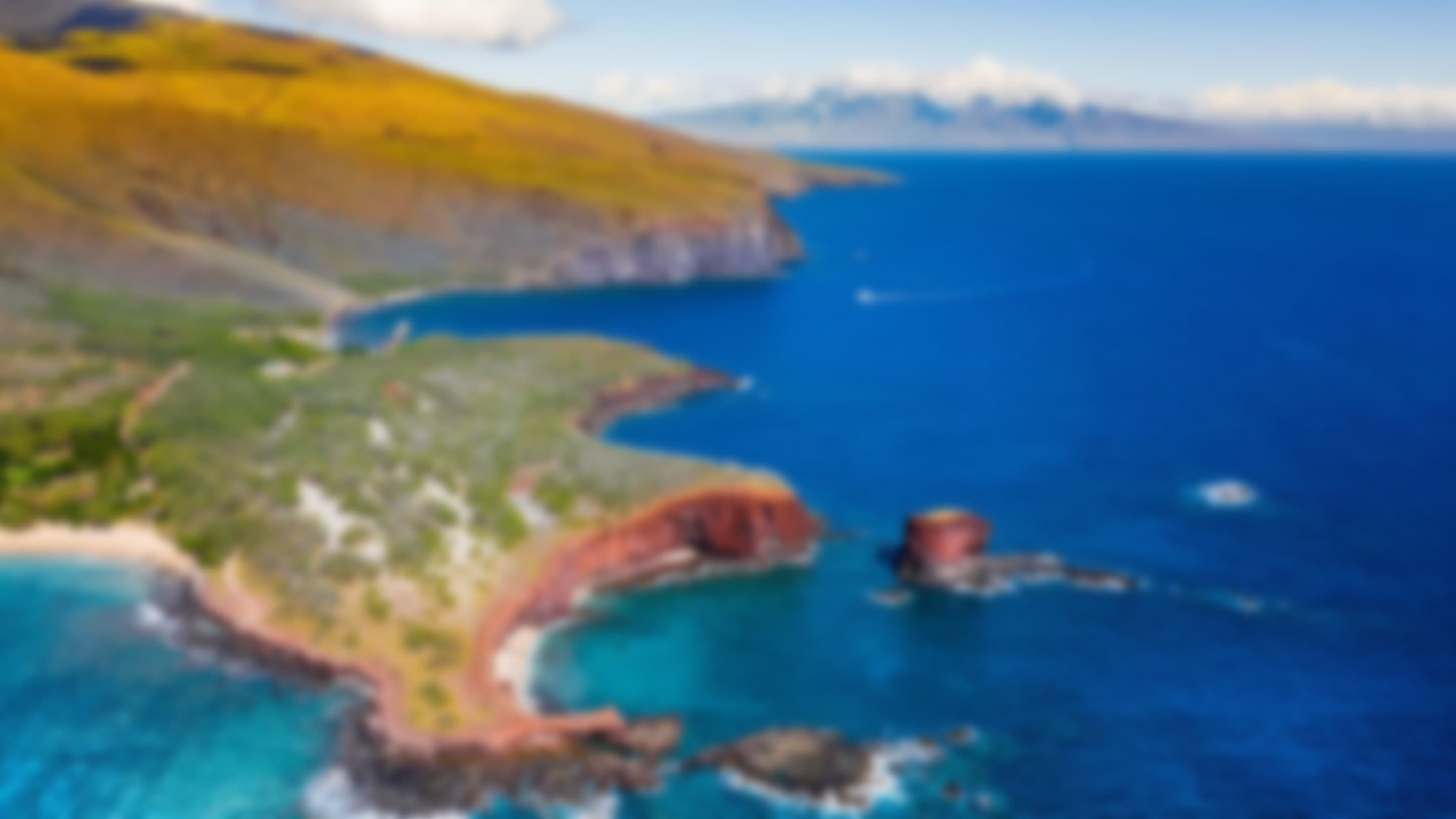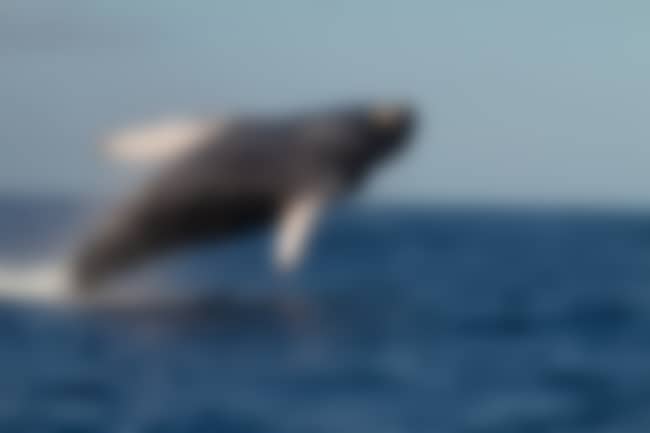About Lanai
Known as Hawaii's Most Enticing Island, Hawaii’s Private Island and the Pineapple Island, Lanai offers spectacular beaches, lush forests and sweeping vistas as far as the eye can see.
Whether horseback riding amid scented pines or playing golf on a course where the most challenging water hazard is keeping your eyes on the ball and away from the island’s stunning scenery, Lanai is a playground for people who like their vacations a bit more secluded.
Explore Hawaii
Lanai, Hawaii
Overview
Located about 10 miles west of Maui and 70 miles east of Oahu, this small 140-square-mile island was once a thriving pineapple plantation, founded by James Dole in 1922. After the plantation closed in the early 1980s, tourism replaced agriculture.
Hawaii’s smallest inhabited island is big on ecotourism and adventure. From the mars-like landscape of Keahiakawelo and the iconic rock formation, known as Puu Pehe or Sweetheart Rock, to the ancient petroglyphs near Shipwreck beach, Lanai has secrets to reveal.
Lanai’s traditional 15th-century Kaunolu Village holds the ruins of a prehistoric Hawaiian village that has since been declared a National Historic Landmark. Although Lanai reveals herself slowly, the island’s magical beauty is worth the wait.
What To Do
Swim and snorkel amid colorful fish, sea turtles and spinner dolphins on spectacular Hulopoe Bay in southern Lanai. Take a four-wheel-drive to Keahiakawelo, reminiscent of Colorado’s Garden of the Gods, or the 15th-century Kaunolu Village, a prehistoric Hawaiian village that was later a favorite fishing spot of King Kamehameha I.
Visit the WWII sunken tanker and petroglyphs of Shipwreck Beach, with stunning views of Molokai and Maui. Hike the Munro trail, created in honor of the naturalist who helped plant moisture-collecting pines throughout the island. On a clear day, this forested trail offers up a view of six Hawaiian Islands all at once.
When to Go
Average temperatures amid Lanai’s upcountry reach only about 72 F during the warmer months, while the areas at sea level can be in the mid-80s F. Lanai doesn’t receive as much rainfall as the rest of Hawaii. Whale-watching season begins in December and peaks from January through April.
Fast Facts
Lanai City, which is located upcountry at 1,700 feet, is the island’s capital. Here, you’ll find shops and restaurants near Dole Park. Lanai also sports two luxury hotels, the Four Seasons Resort Lanai and Four Seasons Lodge at Koele. Lanai’s tall pine trees were not native to the island. They were planted here in 1878.
In 1911, New Zealand naturalist George Munro started planting additional Cook Island Pines, each of which absorbs up to 200 gallons of water from the atmosphere each day and drips moisture into the ground. On a drier island, such as Lanai, this can be incredibly useful.
Travel Tips & Tools


You will be transferred to our traditional site.
We are currently working on enhancements to this part of our website. A new version will be available soon. Don’t worry – switching over will not interrupt your booking.
Welcome to the all-new Pleasant Holidays booking experience !


You can now plan your next vacation with our exciting new booking engine. Some advanced features are still being developed, and selecting these options may require you to return to our traditional booking experience. Don’t worry – switching over will not interrupt your booking.
We've updated your online experience to make sure you can get your dream vacation. Since our makeover is still in progress, you may experience shifts from our traditional booking experience to our new one.
Contact us
Any questions ?
Our travel advisors will be happy to help!




























